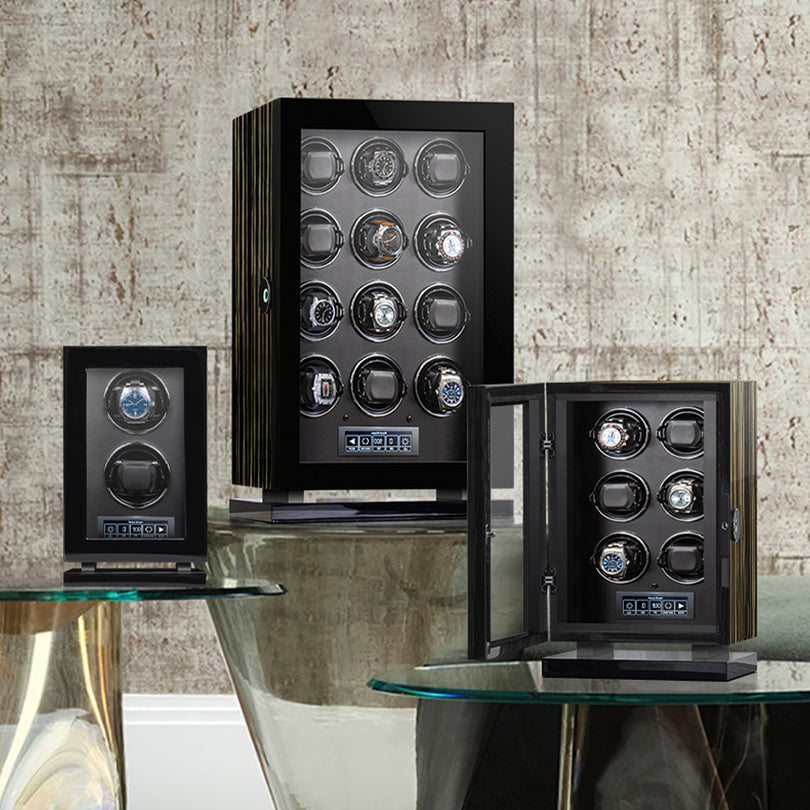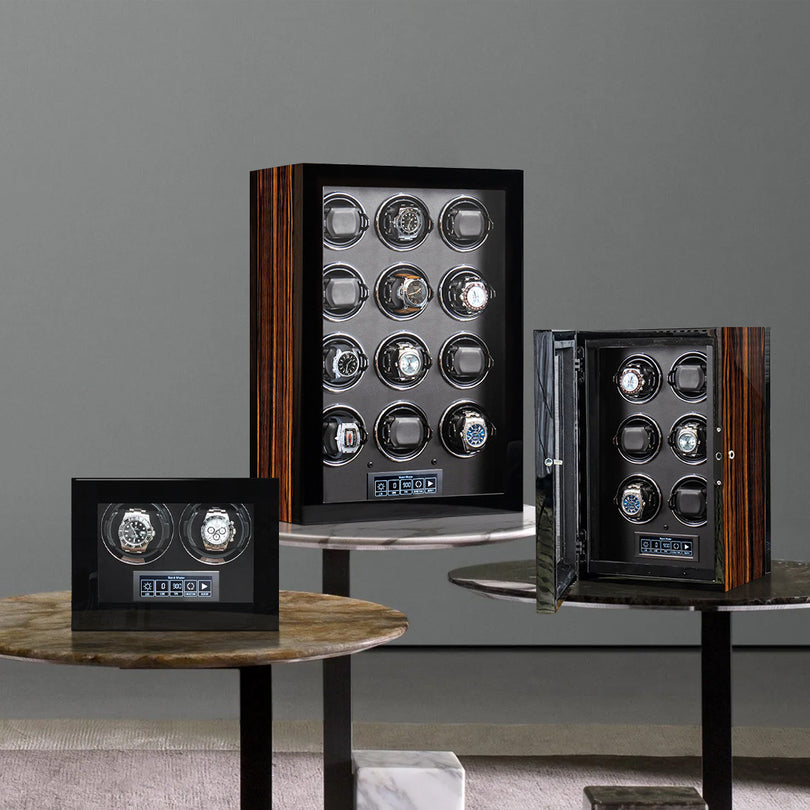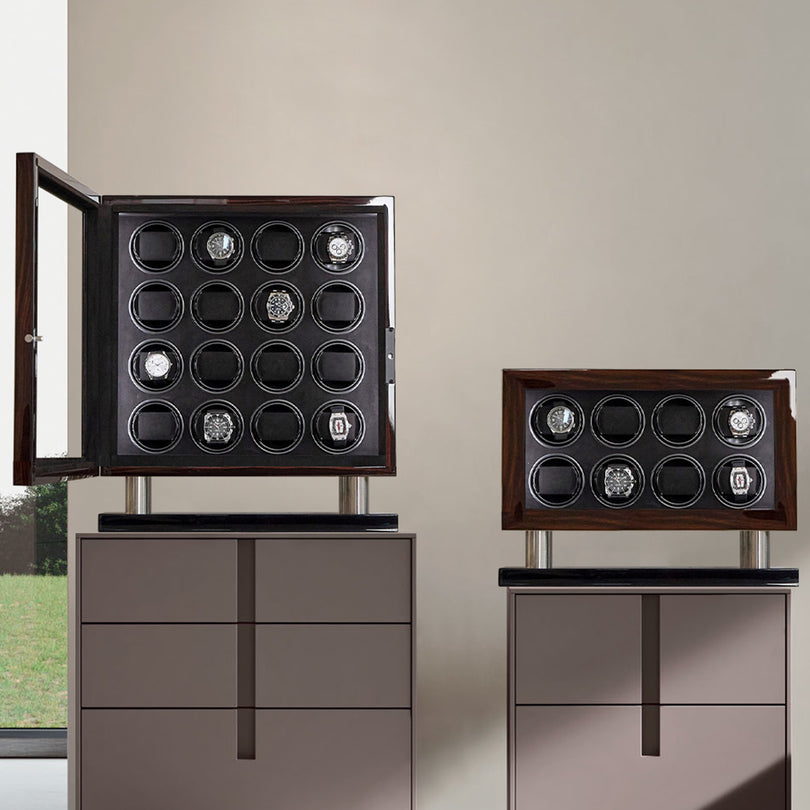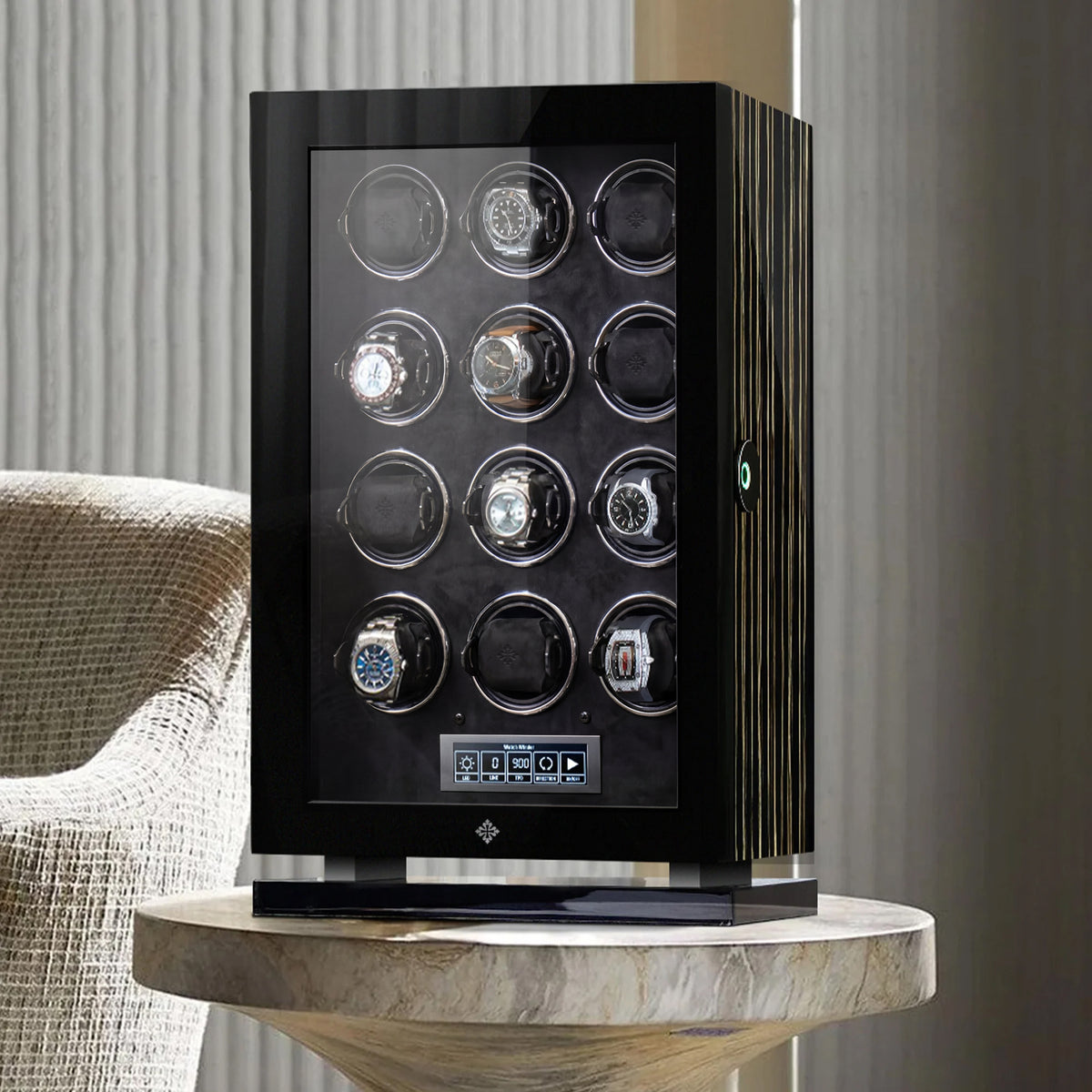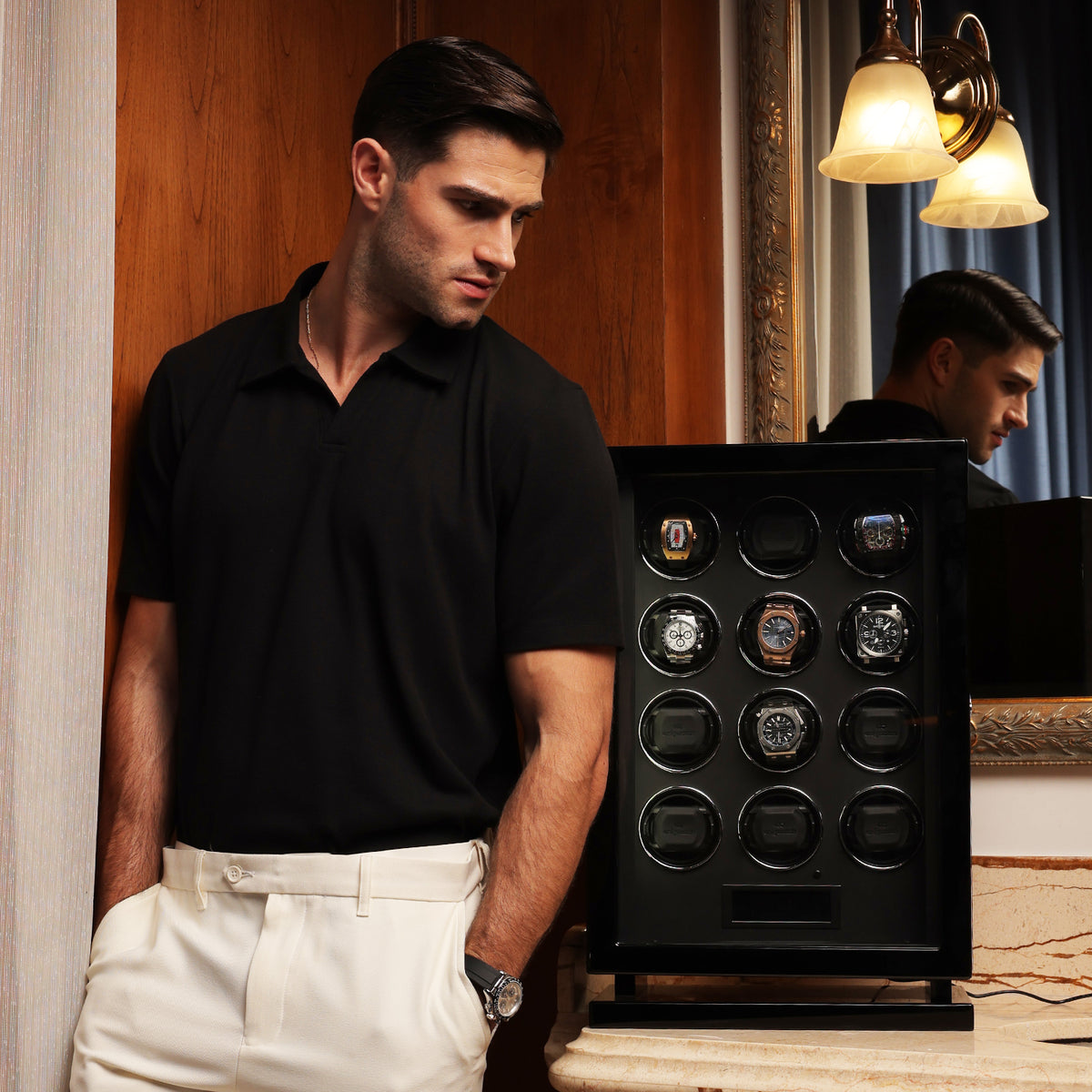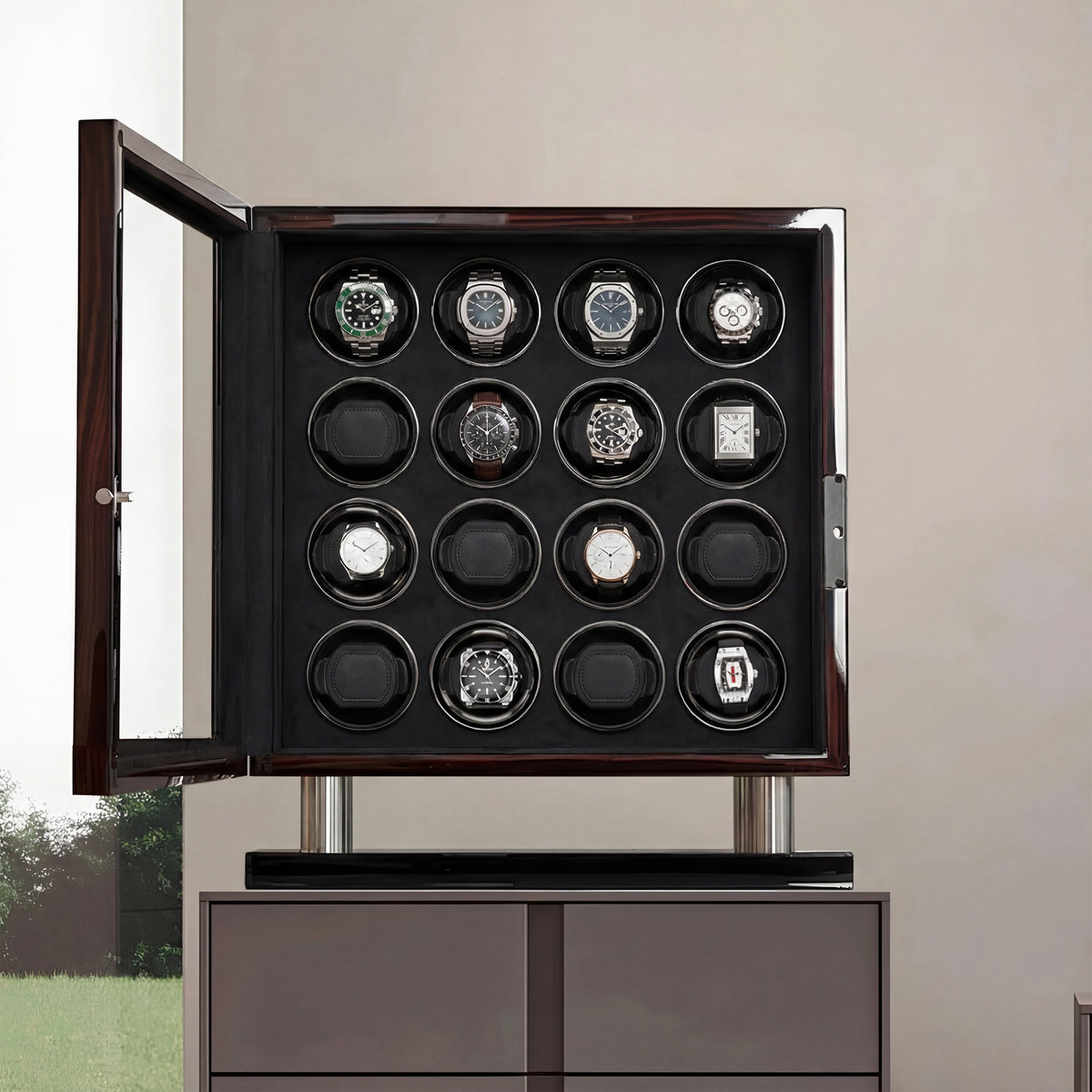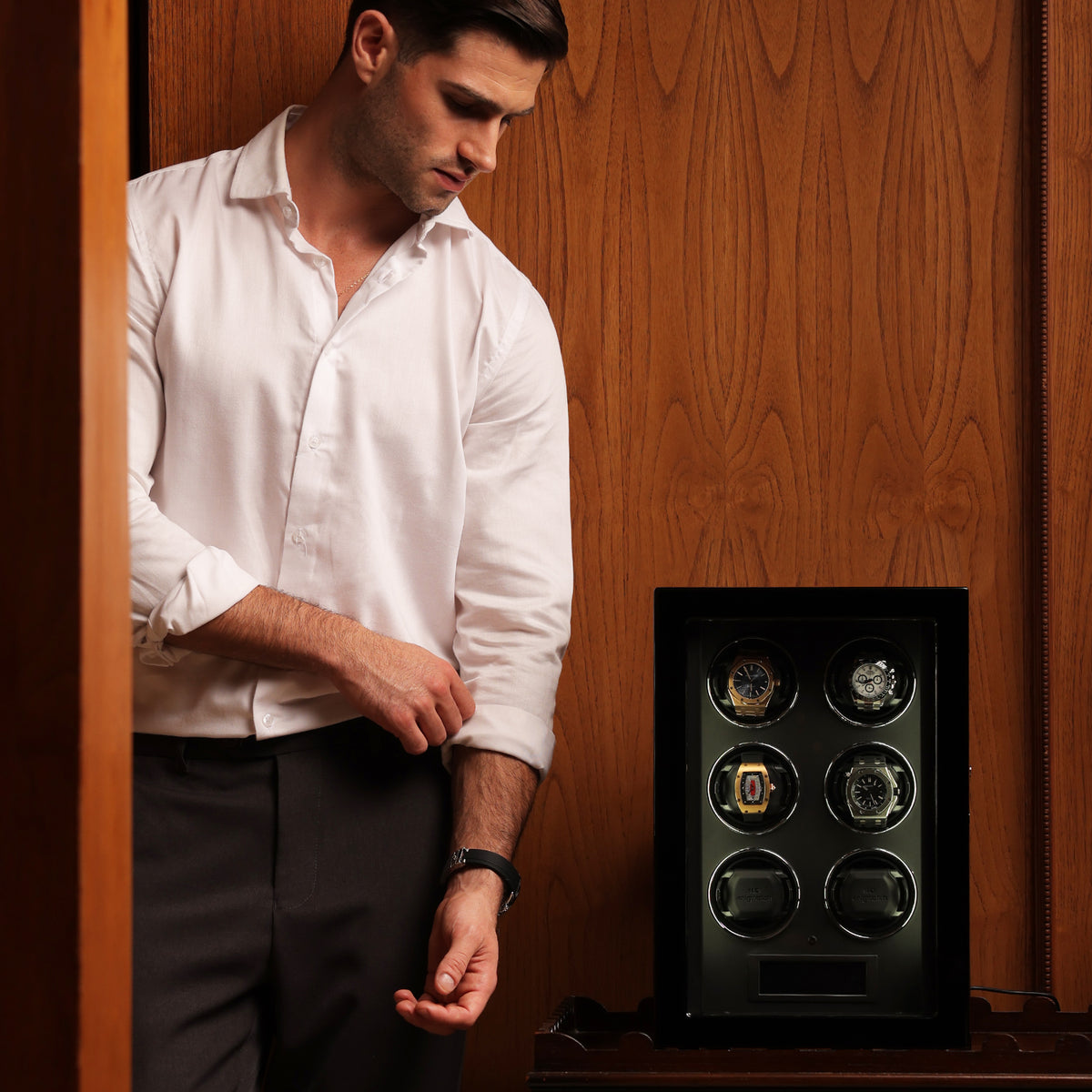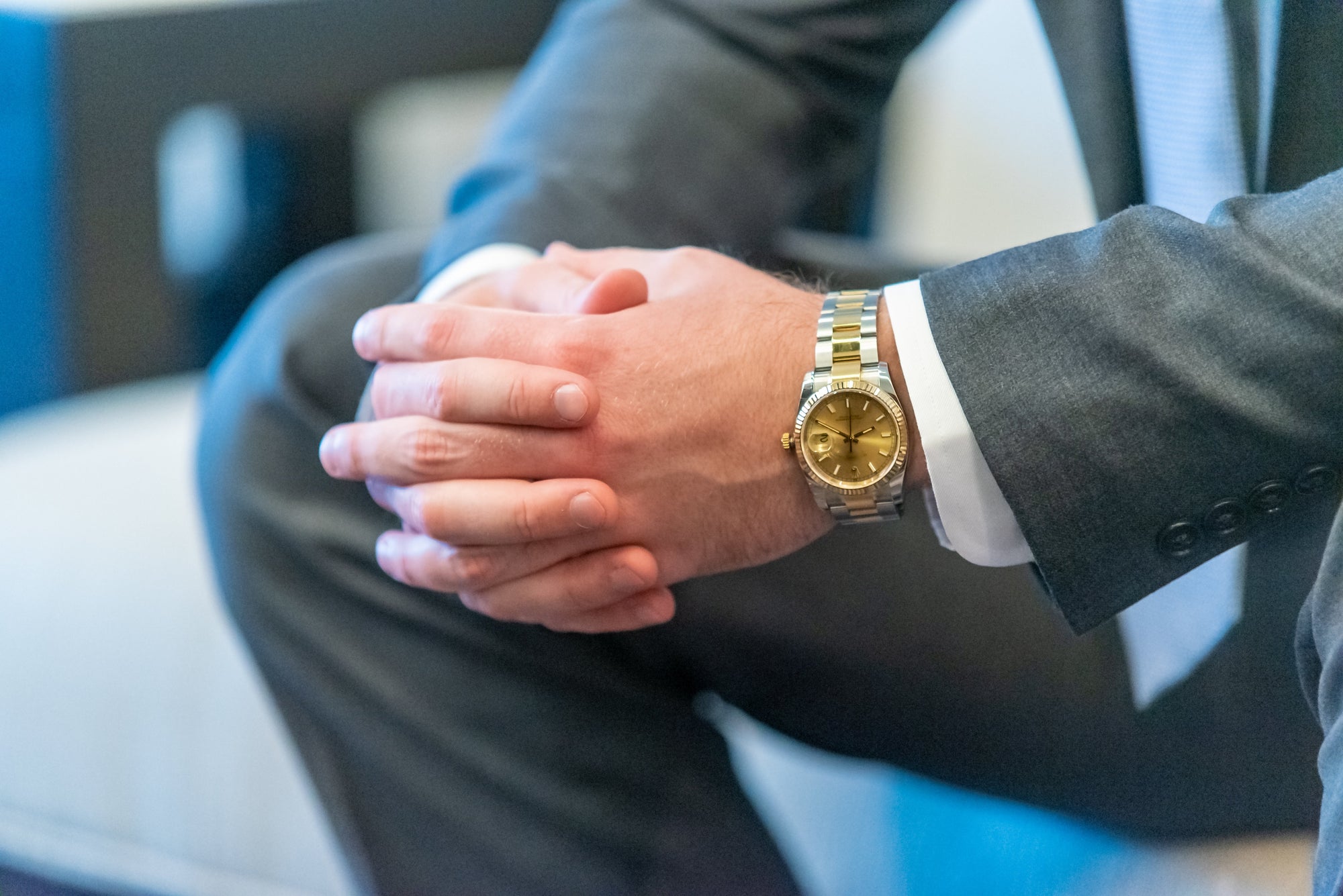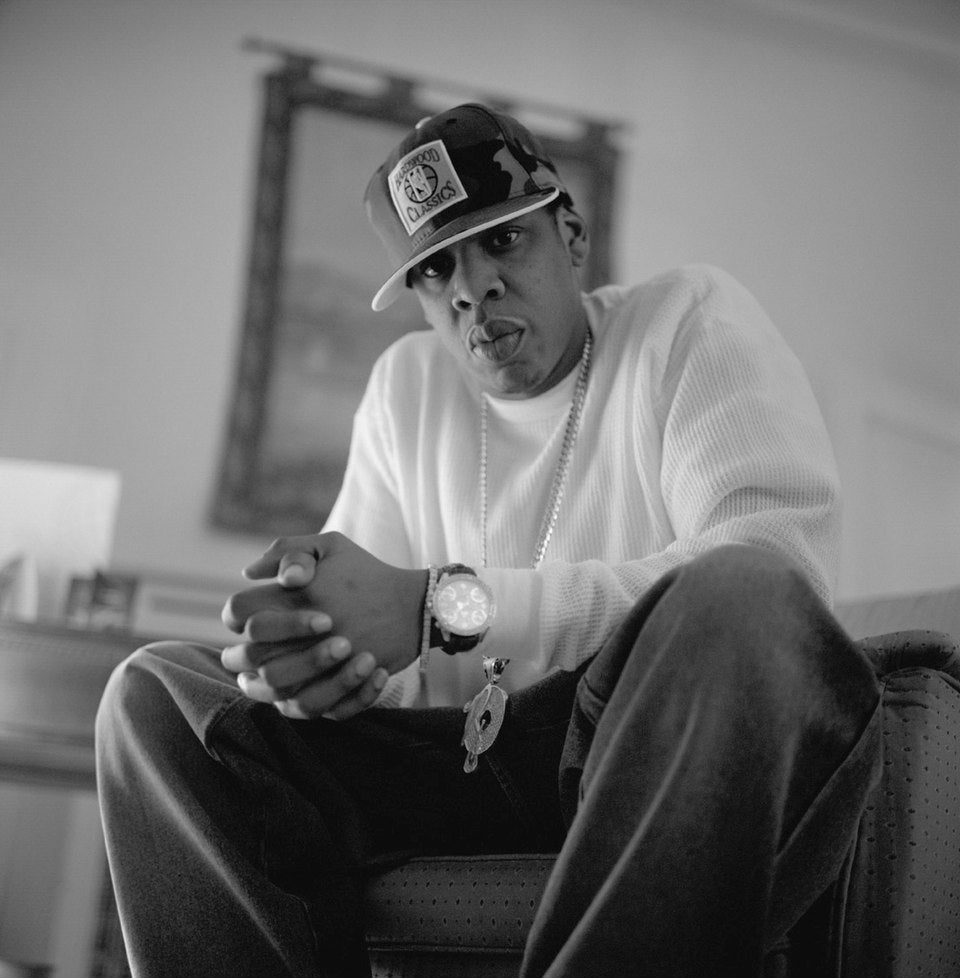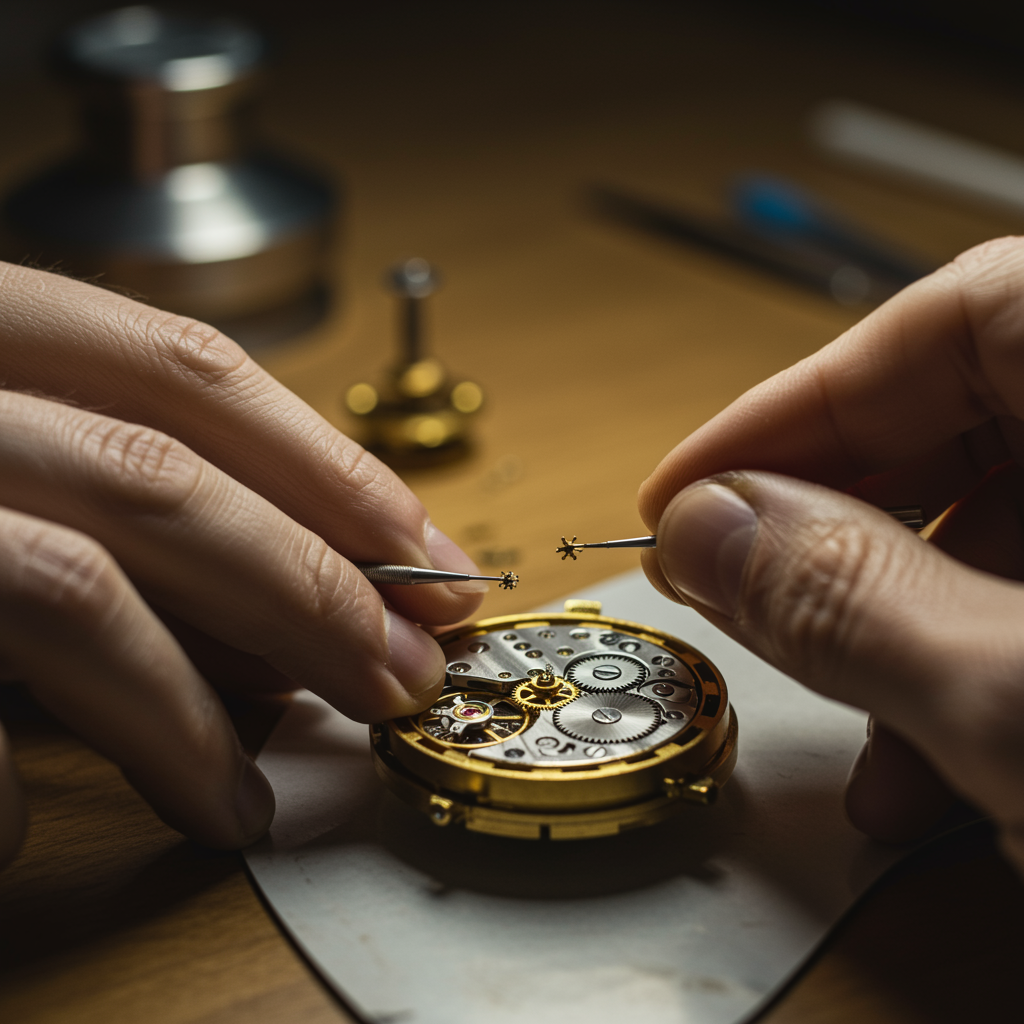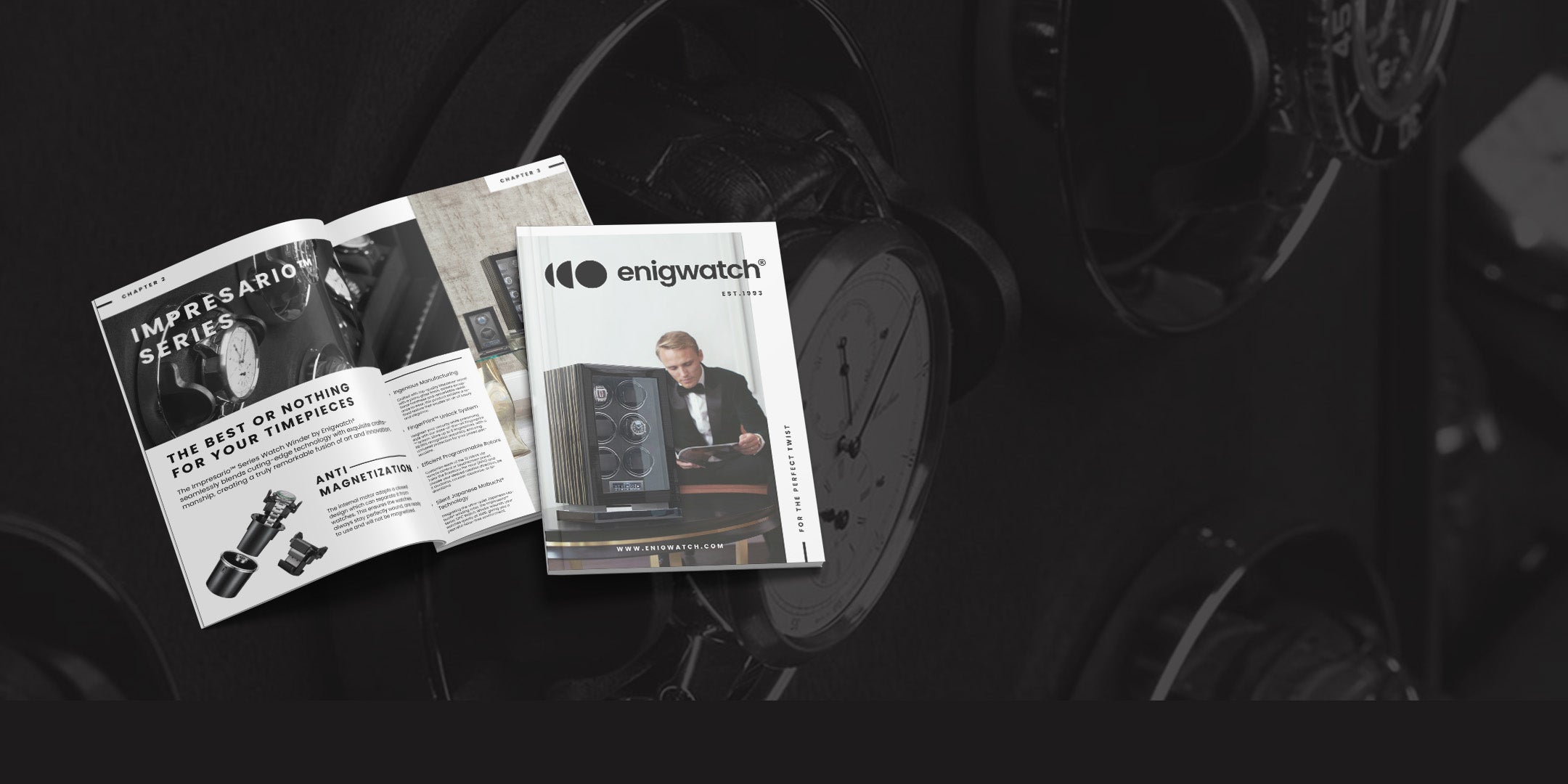In the realm of horology, mechanical watches stand as a testament to human ingenuity and craftsmanship.
These intricate timepieces, completely devoid of batteries, rely on traditional mechanics to keep time accurately. For those curious about the charm of these watches, a natural question arises: how do mechanical watches work? This guide takes you through the key components and functions of mechanical watches, unveiling the precision engineering and artistry behind them.
What is a Mechanical Watch?
A mechanical watch is a timepiece powered solely by a complex system of gears, springs, and levers. Unlike quartz watches that operate with batteries, mechanical watches function purely through mechanical energy stored in a coiled mainspring. The process begins with winding, which energizes the mainspring, providing the power to run the watch and move its hands.
Mechanical watches come in two types: manual (which requires regular winding by the wearer) and automatic (self-winding through natural wrist movement). Each offers a unique experience in timekeeping, reflecting the wearer’s personal style and preference for traditional craftsmanship.
Why Mechanical Watches are Important
Mechanical watches have endured as a symbol of heritage, craftsmanship, and precision. Unlike their quartz counterparts, they don’t depend on battery power, relying instead on centuries-old engineering principles. This legacy has made mechanical watches highly prized, not only for their durability but for their timeless design and meticulous detailing. Watch enthusiasts and collectors often cherish mechanical watches for their artistry, unique movements, and the skill involved in their creation, appreciating them as both functional and collectible items that can be passed down through generations.
The Impact of Key Components in Mechanical Watches
Mechanical watches function through a series of finely tuned components that work together to measure time accurately. Each part plays a specific role in ensuring smooth movement, precise timekeeping, and reduced wear.
1. The Essence of Movement
At the heart of every mechanical watch is its movement. This is the engine that powers the watch, allowing it to keep precise time. Unlike quartz watches that use batteries, mechanical watches depend on a series of gears, springs, and levers. The precision and synchronization of these components make mechanical watches a marvel of engineering.
2. Mainspring: The Powerhouse
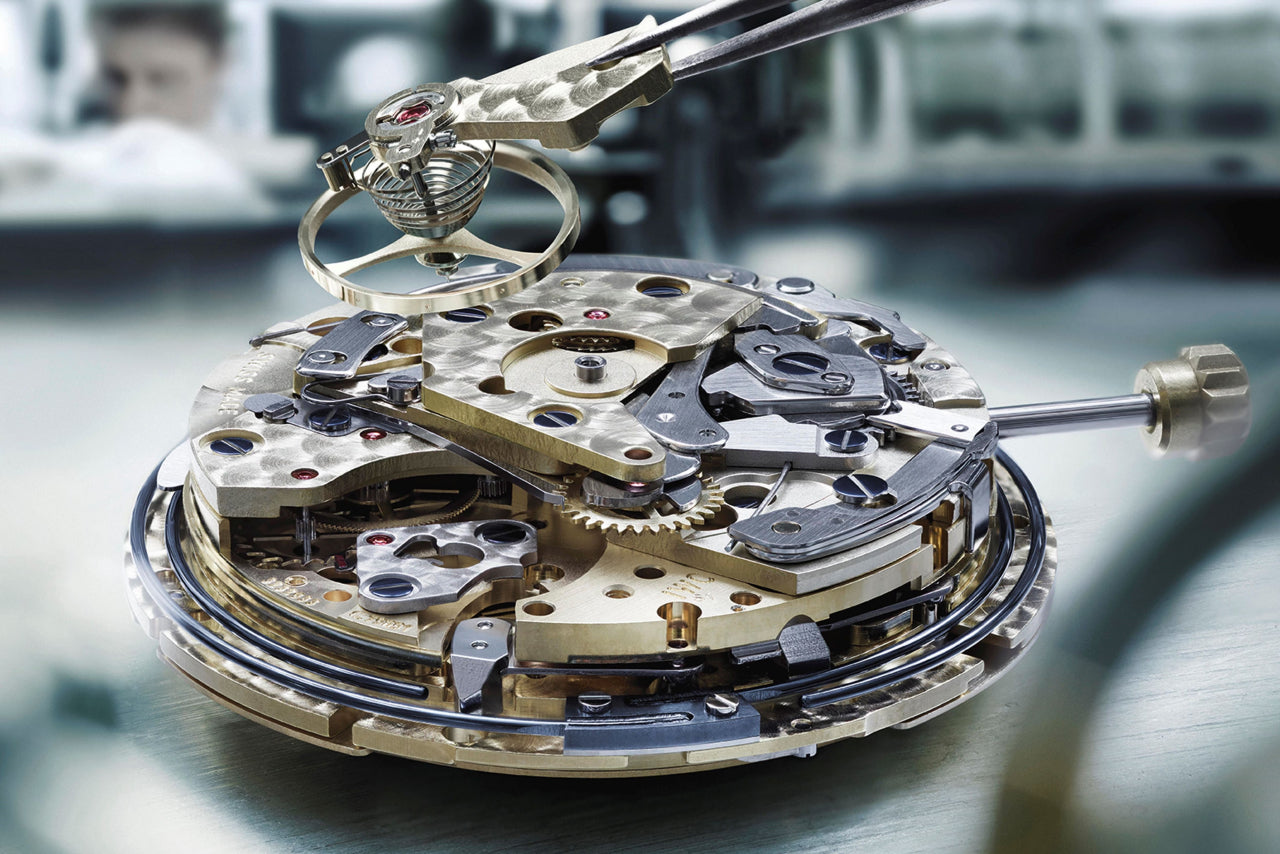
The mainspring is a coiled spring that stores energy. When wound, it releases this energy, which then powers the watch. This transfer of energy drives the gears and allows the hands of the watch to move in a synchronized manner.
You might also like: 3 Best Watch Winders for Tissot For Investment
3. Balance Wheel: The Regulator
Think of the balance wheel as the heartbeat of the watch. It oscillates back and forth, regulating the release of energy from the mainspring. This ensures that the watch ticks at a consistent rate, maintaining accurate time.
4. The Role of Jewels
Modern mechanical watches incorporate jewels, typically made from synthetic sapphire or ruby. These jewels reduce friction between the moving parts, enhancing the watch's accuracy and extending its lifespan. They are strategically placed within the movement to ensure smooth operation.
5. Automatic vs. Manual: The Winding Debate
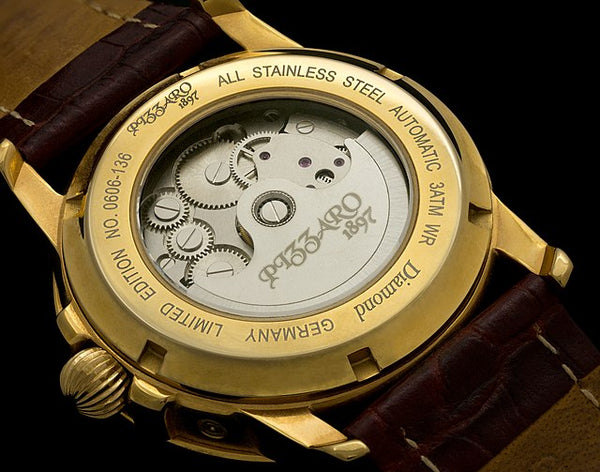
Mechanical watches come in two main types: automatic and manual. Automatic watches have a rotor, which winds the mainspring as the wearer moves.
Manual watches, on the other hand, require the wearer to wind the watch manually using the crown. Both types have their unique charm and cater to different preferences.
6. The Lifespan of Mechanical Watches
With proper care, a mechanical watch can last for generations. Factors like the quality of craftsmanship, the materials used, and regular maintenance play a crucial role in determining the longevity of these timepieces. Many watch enthusiasts cherish mechanical watches not just for their functionality but also for the legacy they carry.
How Do Mechanical Watches Work Without Battery
Mechanical watches operate without a battery through a sophisticated system of gears, springs, and levers. At the core of this system is the mainspring, a coiled strip of metal that stores energy when wound. As the mainspring unwinds, it releases energy, which is transmitted through a series of gears known as the gear train.
This energy powers the escapement mechanism, which regulates the release of energy in precise intervals, moving the hands of the watch forward consistently. The balance wheel, oscillating back and forth, ensures the watch keeps accurate time. This entire process, driven purely by mechanical components, allows the watch to function continuously as long as it remains wound.
Recommendation Watch Winder for Your Mechanical Watches
Meet the Virtuoso™ 6 Watch Winder, a blend of dedication and modern technology crafted with attention to detail. This device, built with precision, is truly impressive and keeps your watches wound and ready to wear. Its construction is both strong and stylish, combining the beauty of dark ebony wood with soft, high-quality microfiber leather, offering a protective and upscale environment for your timepieces.

The winder looks after your watches with care, shining a light on them with its LED touchscreen and making them look their best against its piano-black finish and soft cushions. It's made with fine materials like velvet and silk, premium wood, and shiny gold details, making it a stylish addition to any room.
It's also made to be very secure, with a smart remote and locks that make it easy to use while keeping your watches safe. Plus, it's ready to work with just about any watch, with adjustable settings and a range of winding options. The Yachtline 8 Watch Winder is quiet and powerful, offering personal touches that celebrate and protect your watches, making it much more than just storage.
Why Mechanical Watches Last for Generations
With proper care, a mechanical watch can last for generations, embodying the legacy of craftsmanship and durability. Factors such as quality materials, meticulous engineering, and regular maintenance all play crucial roles in extending a watch’s lifespan. Enthusiasts prize mechanical watches not only for their function but for their artistry, valuing them as heirlooms that capture the essence of timeless design.
Watch winder, like those from Enigwatch, are practical tools for preserving the health of your watch collection. They keep watches wound and prevent oils within the movement from drying out, ensuring your timepieces are always ready to wear and ticking precisely.

